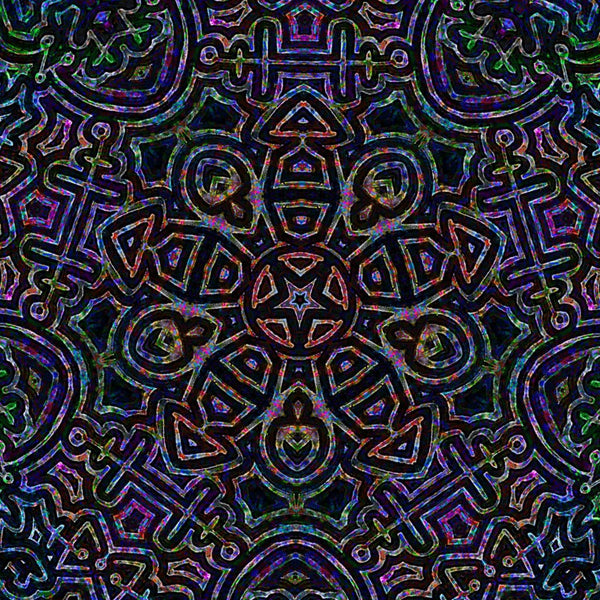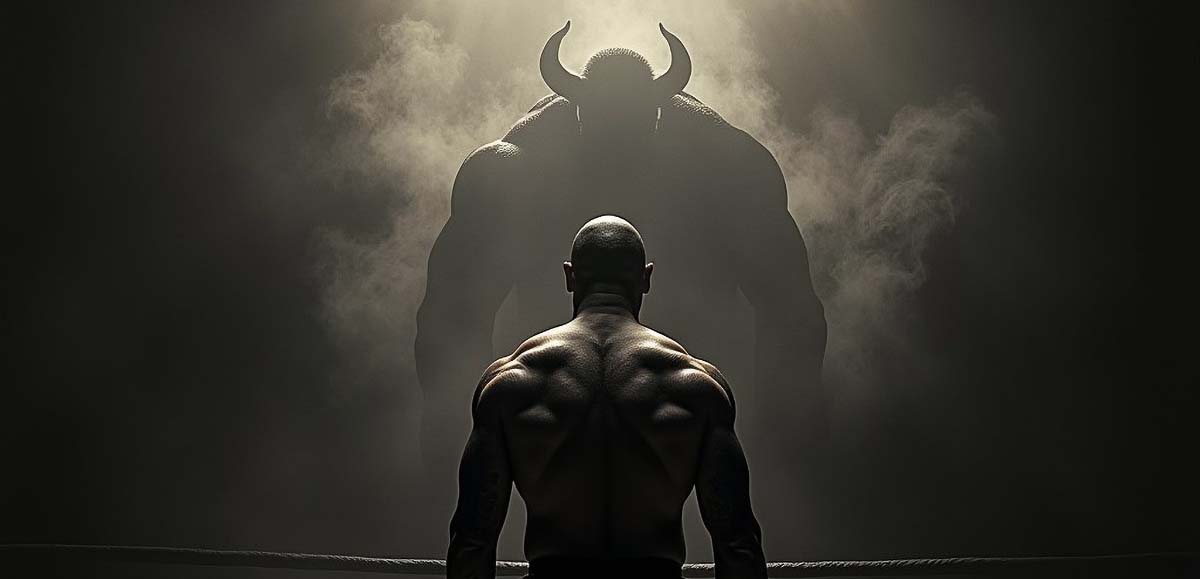Your Cart is Empty
Buy Any 4 Items, Get 15% Off Your Order!
Buy Any 4 Items, Get 15% Off Your Order!
Thailand's Mystical Fusion: Buddhism, Animism, and Brahmanism In Everyday Life
September 01, 2024

Contrary to popular belief, traditional Thai spirituality is not simply a colorful subset of Buddhism. Thailand's distinctive spiritual identity is actually a fusion of Theravada Buddhism, animism, and Indian Brahmanism. Ghosts, mythological creatures, and spirits shape Thai people's daily lives. Let's have a closer look.
A Complex Tapestry

While outwardly Buddhist, the underlying spiritual beliefs of many Thais derive from native animism and Indian Brahmanism. Animism is the belief that spirits inhabit every corner of the natural world—from trees and rivers to mountains and animals. These spirits, known as phi (rhymes with tree) in Thai, are believed to guide human affairs, and so must be honored to maintain harmony. Brahmanism is an ancient Indian tradition, emphasizing karma, reincarnation, and deity worship. Its concept of karmic payback for virtue or vice complements animism. In Thailand, we find a unique spiritual perspective that encompasses natural forces, magical forces, deity worship, and core Buddhist values, such as loving kindness and enlightenment.
"Thai religion is a rich mosaic of beliefs where the divine and the natural intersect. Animism, Brahmanism, and Buddhism are woven together, forming a holistic worldview."— Stanley J. Tambiah, "Buddhism and the Spirit Cults in North-East Thailand" (1970)
Historical Roots

Brahmanism contributed a formalized pantheon of Hindu-derived deities (Phra Phrom, Phra Narai, Ganesh) and structured rituals to honor them. Animism, on the other hand, provided a more personal connection to nature, where spirits inhabit local trees, rivers, and mountains. Many Thais navigate both systems fluidly—seeking blessings from deities while honoring the diverse spirits that dwell in their local landscapes.
"For centuries, the Thai people have looked to both the spirits of nature and the deities of the heavens. Our folk beliefs guide us in how we interact with our environment, ensuring we do not disrupt the natural balance that sustains us." — Sulak Sivaraksa, 1976
The Loi Krathong festival is a good example of this fusion of beliefs. Participants float small baskets on lakes or rivers to seek blessings from water spirits, combining Buddhist and animist practices. The act of making offerings to deities also reflects Brahmanical traditions of honoring divine beings through ritual.
Ghosts and Spirits: Warnings from Samsara
In Thai culture, ghosts (phi) are considered real entities that influence human lives. Some of the most well-known spirits include:
- Pee Krasue: A female ghost depicted as a floating head with trailing organs, serving as a reminder of moral consequences of have illicit relationships during one's life.
- Pee Krahang: A male spirit who flies using two large, fan-like wings, which grow from his arms. As punishment for practicing black magic while human, he was cursed to become this supernatural creature, forced to fly at night in search of human waste or carrion to feed on.
- Nang Nak: A tragic ghost woman who cares for her husband, unaware of her own passing. Her presence represents enduring bonds of love that transcend the physical world.
Spirit Houses: Honoring the Invisible

"Spirit houses are a visible acknowledgment of the invisible, a reminder that the spiritual and material worlds are intertwined. They ensure harmony between humans and the spirits." — Niels Mulder, "Inside Thai Society" (1992)
Many Thai families maintain spirit houses to ensure that wandering ghosts or unsettled spirits do not disturb the living. These shrines are a kind of portal between the living and the spirit world. Daily offerings of food, water, and incense are made to appease the spirits and bring good fortune. This practice reflects the deep belief in the interconnectedness of the natural and supernatural worlds.
Amulets and Talismans: Protection and Blessings
"I’ve worn my amulet for years, and I believe it saved my life. I was in a terrible crash, but I walked away without a scratch." — Lek, a taxi driver in Bangkok, 2005
Amulets, known as phra in Thai, are small objects believed to possess protective and beneficial properties. They are often worn as personal talismans or displayed in homes and businesses. Amulets can be made from a variety of materials, including metal, clay, wood, or gemstones.
Common depictions on amulets include:
- The Buddha: Images of the Buddha are particularly popular, as they are believed to offer protection, wisdom, and enlightenment.
- Revered monks: Amulets may also feature images of famous or revered monks, who are believed to possess spiritual power.
- Mythological creatures: Some amulets depict mythical creatures, such as Garudas or Nāgas, which are believed to possess protective powers in both Hindu and Buddhist traditions.
Many people believe that wearing or possessing amulets can bring good luck, ward off evil spirits, or protect against harm. Some people may also believe that amulets can enhance their health, wealth, or relationships.
For example, a person might wear a Buddha amulet to protect themselves from harm or to promote wisdom and enlightenment. A person might wear a phra kru amulet, depicting a revered monk, to seek blessings and spiritual guidance.
Phallic Necklaces: Fertility and Protection

Many Thai people believe that wearing a phallic necklace, known as palad khik, can bring good luck, ward off evil spirits, and promote fertility. They're often worn by men to enhance their masculinity and attract wealth, while women may wear them to ensure fertility and protect their children.
Tanit, a Thai businessman interviewed by the Bangkok Post in 2003, noted the widespread belief in the power of palad khik among people from all walks of life: "Many people believe that the palad khik brings them strength and luck, especially in business. I have customers from all walks of life—factory workers, taxi drivers—who wear these necklaces for protection and to attract good fortune."
They come in a variety of materials including brass, silver, or gold, and may be adorned with intricate carvings or gemstones. Some necklaces feature the phallus alone, while others combine it with other symbols, such as the Buddha or animals.
A Living Tradition
"The modern world marches on, but in Thailand, the ancient spirits still walk among us, influencing the rhythms of life in ways both subtle and profound." — Peter A. Jackson, "Buddhism, Legitimation, and Conflict: The Political Functions of Urban Thai Buddhism" (1989)
Traditional Thai spirituality remains an integral part of modern life, blending seamlessly with skyscrapers, traffic jams, and mega malls. Spirits, ghosts, and magic amulets continue to guide, protect, and influence the Thai people. From spirit houses to phallic necklaces, and from Bangkok to the northeastern provinces, uniquely Thai spirituality expresses the enduring relationship between the natural and supernatural world.
Leave a comment
Comments will be approved before showing up.
Also in Sacred Surreal Blog
newsletter signup
Be the first to know about upcoming sales and promos. Get a 10% discount coupon when you subscribe!
Subscribe
Sign up to get the latest on sales, new releases and more …

Storewide Sale!
Buy any 4 items and get 15% off your total order! For a limited time only.



